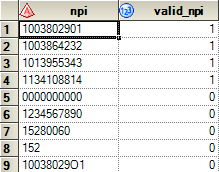
In response to my recent post about how to use the PALETTE function in SAS/IML to generate color ramps, a reader wrote the following: The PALETTE function returns an array of hexadecimal values such as CXF03B20. For those of us who think about colors as RGB values, is there an





























